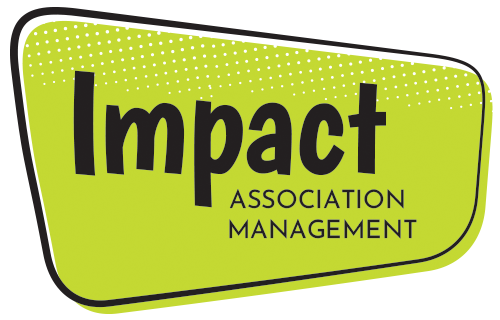Succession planning is important for any position, but especially critical for your Executive Director. As the Board’s only staff member or the direct supervisor for all other staff, planning for this succession weighs on both the Executive Director and the Board to plan for successful and smooth transitions. Both the Board and Executive Director must work together to future-proof the association so it may withstand inevitable changes at the helm.
How to Lead Through a Leadership Transition
Leadership transitions are always a big moment—but in membership-based associations, they carry even more weight. Leaders aren’t just handing off responsibilities, they are upholding the trust of their members, supporting volunteer leaders, and ensuring continuity of services that directly impact people’s careers, causes, or communities. Good news is, change doesn’t have to derail progress.
With clear communication, intentional planning, and a member-first approach, your association can navigate a leadership transition without losing momentum—and even build new energy along the way.
3 Easy Steps to Successful Board Recruitment
The success or failure of an organization often boils down to the effectiveness and participation of its board of directors. That is why board recruitment and engaged members are critical to your organization's mission and advancement. While this is often easier said than done, there are effective ways to develop your board and find leaders whose perspectives, diversity, and skills advance your mission and lead you to a new level of success.
4 Way to Increase Board Productivity
Boards are typically governed by the bylaws of the association. This allows for clear guidelines when it comes to decision making and levels of authority. Many bylaws, however, are often outdated or not followed closely. If this is the case, it is time to make some updates. Consider the following suggestions to improve your bylaws making the roles and governance of your board clear.
1. Accurate job descriptions.
If you don’t have job descriptions for the officer roles, start there. Include anything that is a regular part of the job. If you do have descriptions, have each officer read over them and think of anything that is not currently listed. Duties might have shifted over the years and that is fine as long as it is reflected in the bylaws.
2. On-boarding process.
New officers should review their position before committing to it. They should be completely aware of what they are getting themselves into.
3. Continuous review.
If the task of reviewing the bylaws is daunting because there are so many changes that need to be made, it might be smart to include that review annually as one of the officer roles. This will ensure that any changes to the role are remembered and included from the previous year.
4. Include clear guidelines for decision making.
The bylaws should clearly state who reports to whom, who has the authority to make financial decisions, and who can hire or fire contracted employees. This keeps things from getting sticky down the line and allows everyone to know their place.
Once all of your changes have been made and descriptions clarified, you simply need to follow the guidelines that you laid out for yourselves. Sticking to the bylaws ensures that everything is run as it should be eliminating confusion and mistakes




